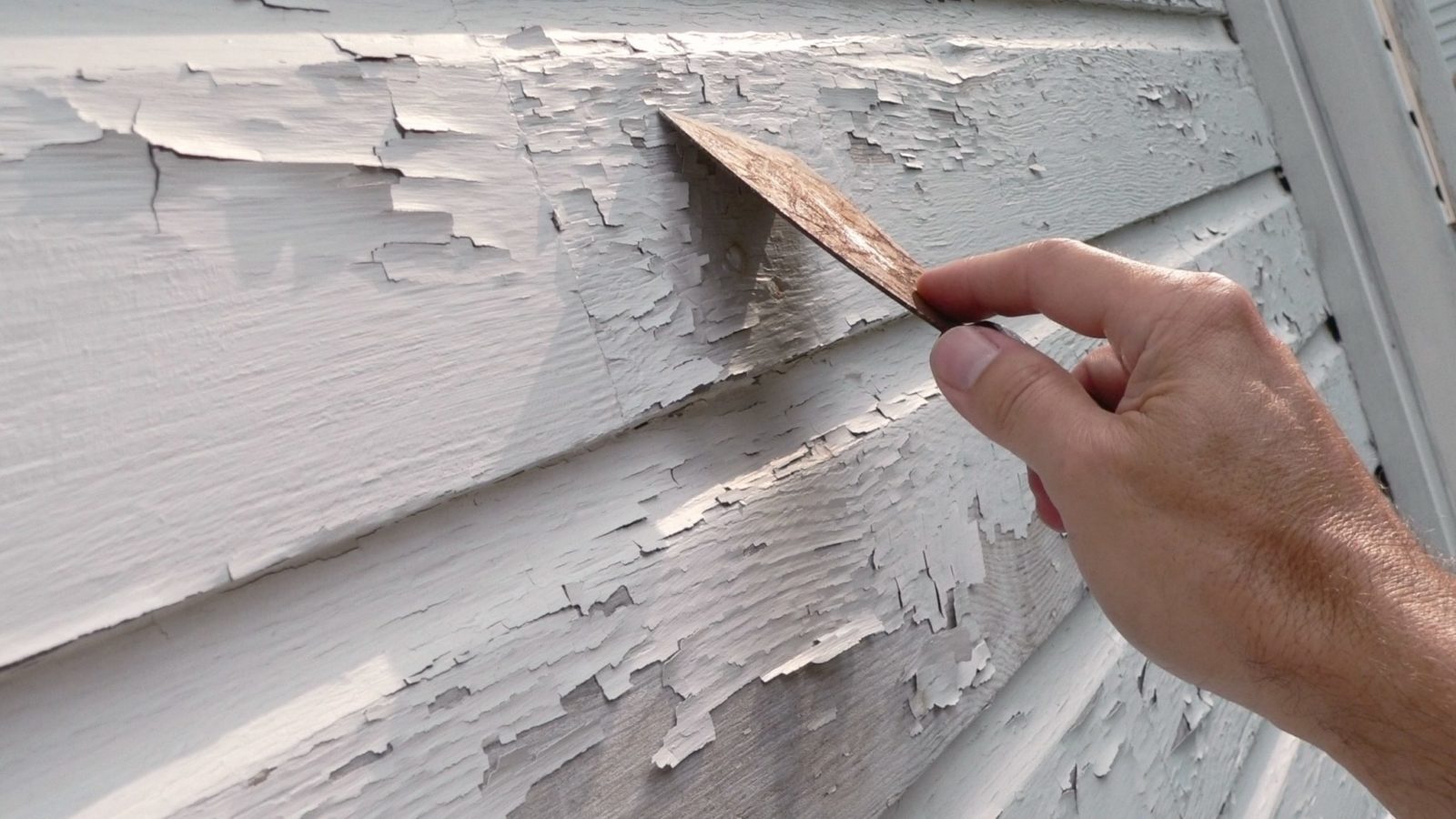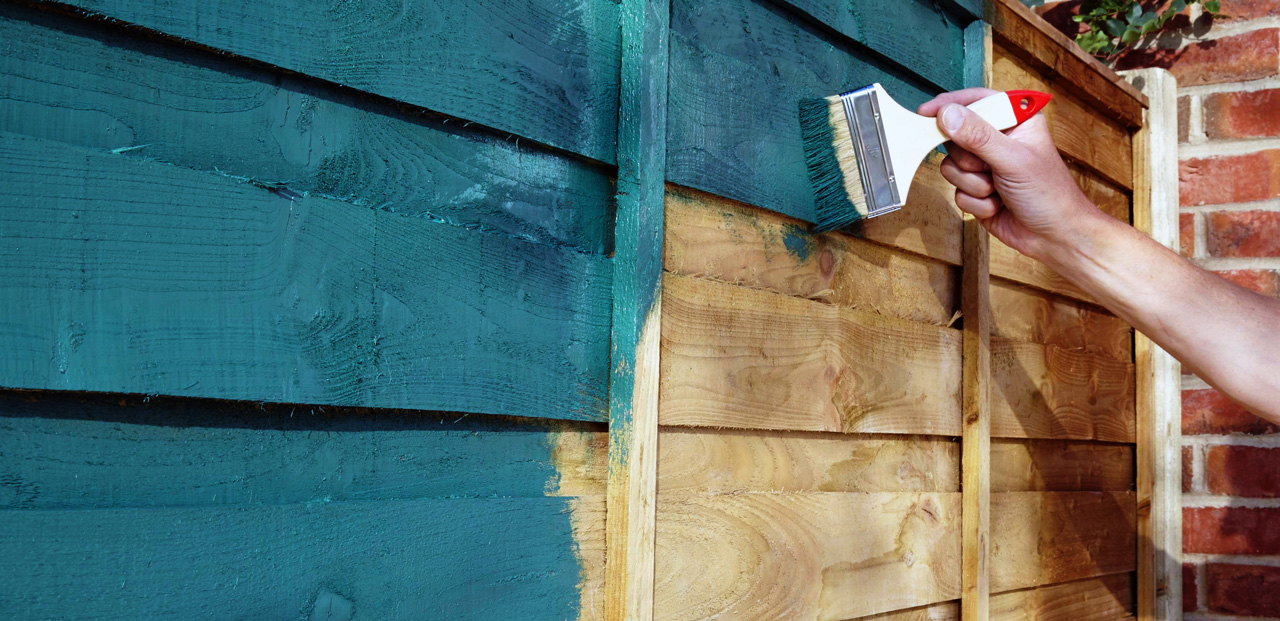How To Prepare Rough Wood For Painting

Special treatment and steps should also be taken before painting rough lumber to remove any dust or debris stuck between the grain or grooves in the board.
How to prepare rough wood for painting. A putty knife to scrape peeling paint and apply fillers a paint scraper for rough oil-based paint sandpaper or a sanding sponge to smooth out rough spots and dry spackling paste. Likewise with horizontal panels as going in the direction of the grain will give a smoother result with fuller coverage. Use a long-handled scrubber brush and a mild detergent to gently scrub away accumulated dirt grime mold and other residue.
You can also use wood puttyfiller to fill in the holes created by nails or screws. If possible use fast-drying wood filler so you. Ideally the wood should be painted at its average moisture content for that climate - about 12 for most of the United States 9 for dry southwestern states see Table 1-2.
Clean the wood surface thoroughly. If youre painting a fence with vertical panels use your brush roller or paint sprayer vertically. Avoid and drips or runs and make sure not to apply too much paint in one sitting.
Scraping scrubbing and sanding. Begin by scraping away all the paint in the peeling area. Properly applied repellents add several years to a paint job in areas highly vulnerable to moisture.
Use wood putty or filler in holes dents scratches and gouges. The wire brush can be attached to a power drill to speed up the process. Allow the top coat to dry and then follow up with the second coat of paint.
At Moisture Impact on Paint we provide additional details. Begin by scraping off old paints. This type of primer will fill the wood pores and cavities in the wood.



















